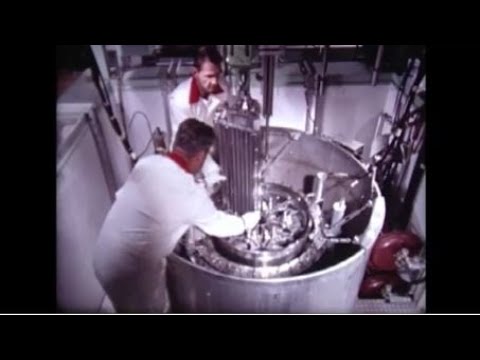As the U.S. permanently occupied base in Antarctica at McMurdo Sound expanded over the years, delivering fuel for heating, desalination of water, running diesel generators for electric power, and fueling aircraft and land vehicles accounted for fully half the total cargo delivered to Antarctica by the late 1950s. In August 1960, the U.S. Atomic Energy Commission was authorised to install a nuclear power plant at McMurdo to provide heat, water, and electricity. A contract was let to the Martin Company, which built a version of their portable modular nuclear reactor which was designated PM-3A. This reactor was delivered to Antarctica in December 1961 and went critical for the first time in March 1962. It began to supply power to the McMurdo station in July 1962. When fully operational, the reactor supplied 1.8 megawatts of electrical power and 14,000 gallons (53 cubic metres) of fresh water a day.
Unfortunately, the reactor proved unreliable in operation, with availability of only 72% due to frequent malfunctions and shutdowns. In 1972, it was decided to shut down the reactor and replace it with diesel generators. Over its ten year lifetime, the reactor suffered 438 malfunctions. Cleaning up the site and shipping radioactive material back to the U.S. took until 1979. This was, to date, the only nuclear reactor ever operated in Antarctica, although radioisotope thermal generators have been used to power scientific instruments in remote locations.
Here is a history of “Nuclear Power at McMurdo Station, Antarctica”. The reactor used was developed as part of the U.S. Army Nuclear Power Program.
